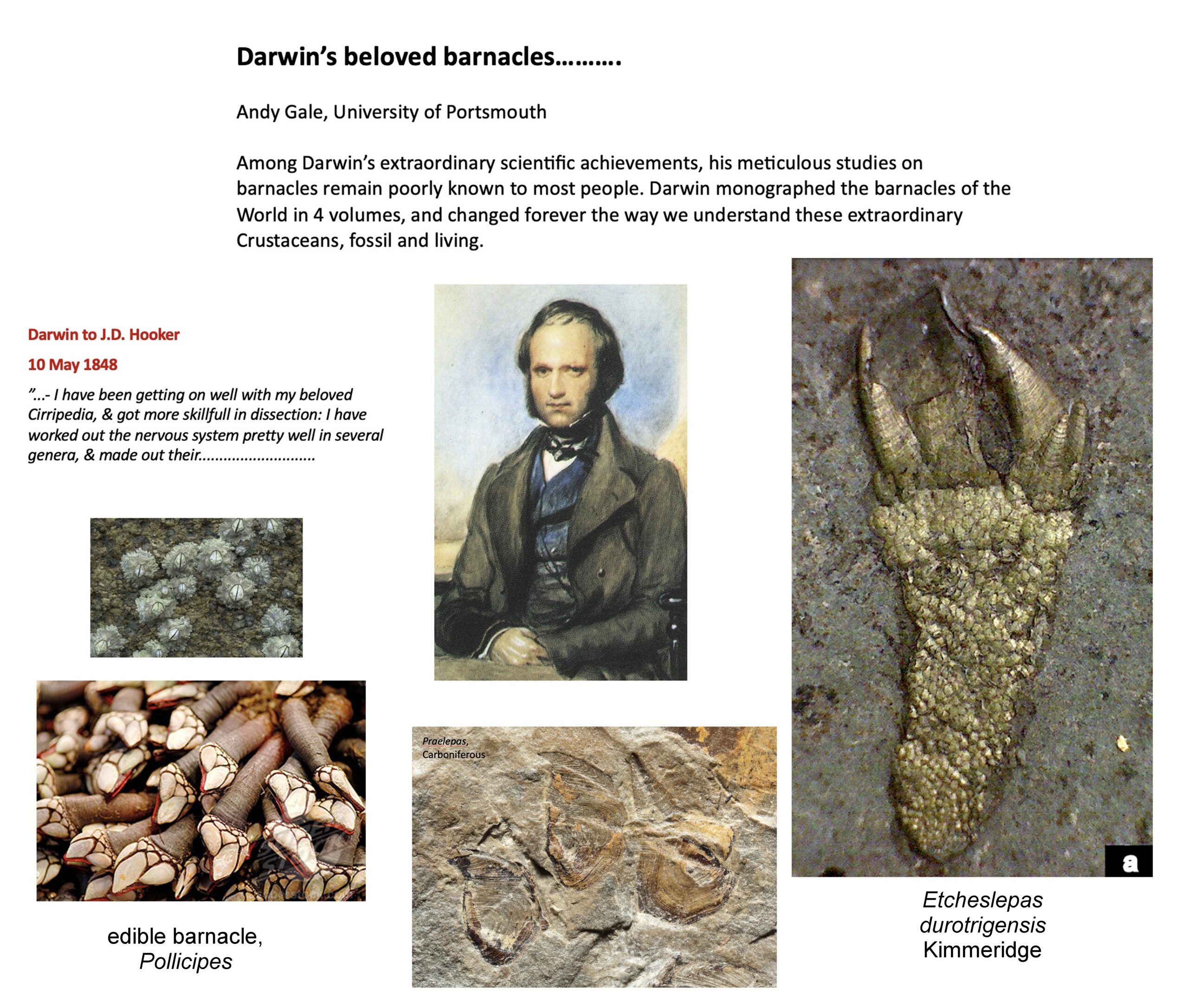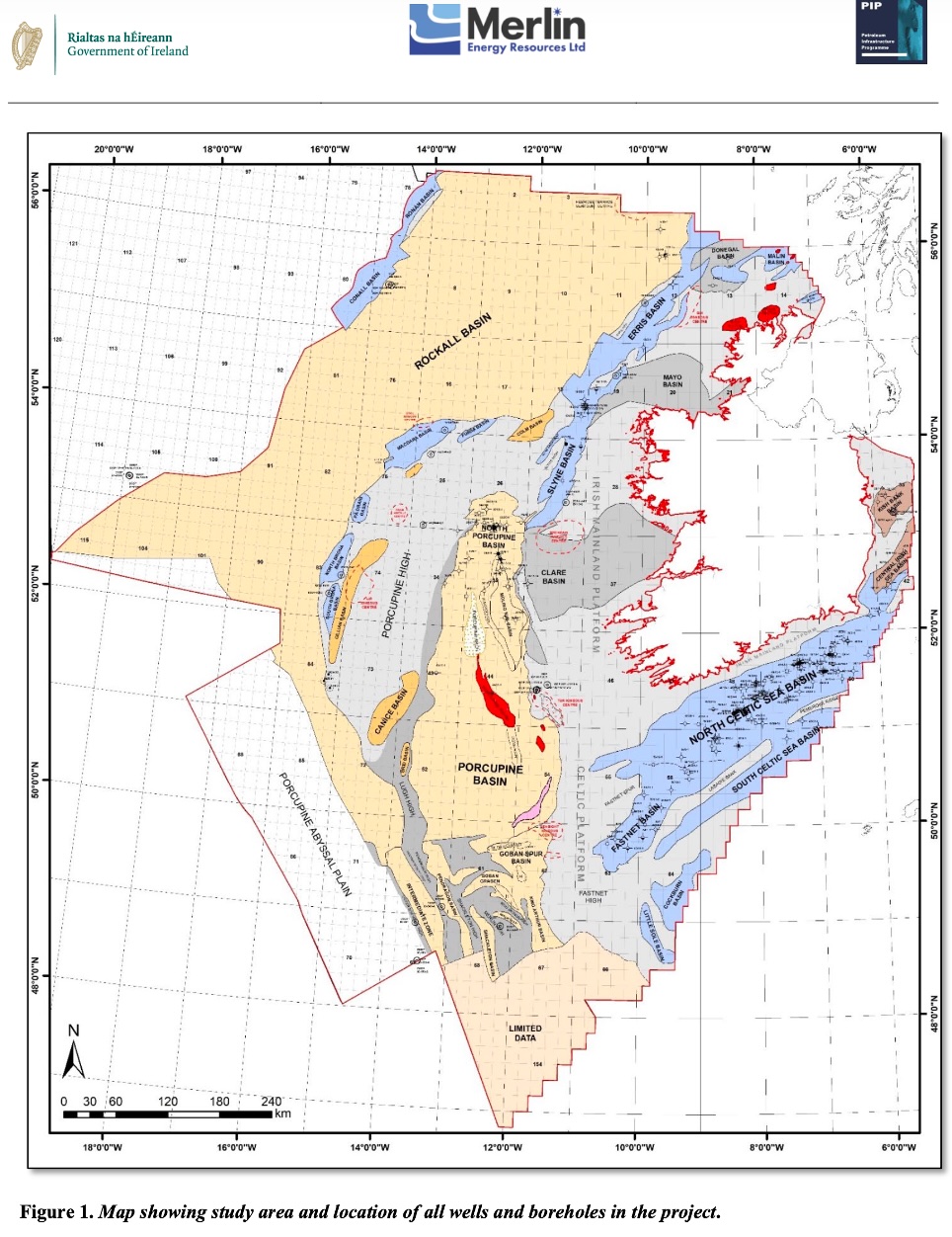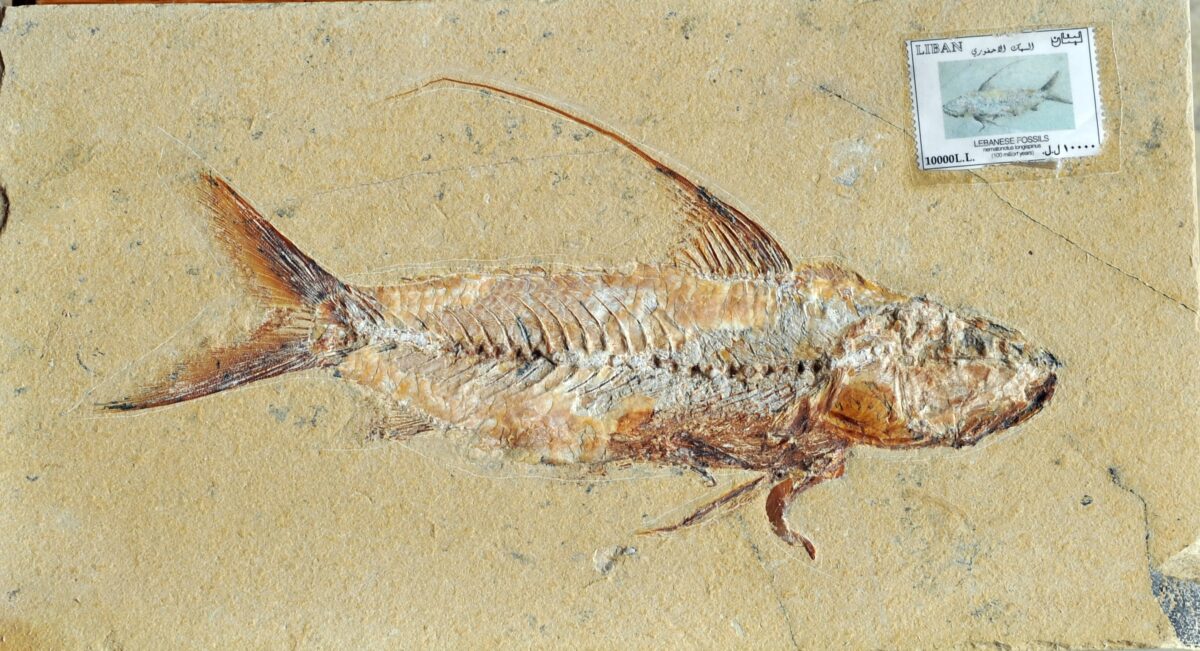Dorset Geologist’s Association Group (DGAG) will host a talk on the Tuesday 20th January 2026.
Title: Talk subject to be provided (placeholder subject-SW Coast); to be finalized (covering subjects like Coast Change, examples , future challenges)
Speaker: Alan Frampton (Bournemouth, Christchurch, Poole (BCP) council, SW Coastal and Flood division)
Time: Talk will start at 7pm; finish approximately 8pm
Venue: Activity Meeting Room: Dorford Centre, Bridport Road, Dorchester, DT1 1RR
Lecture Entry Cost: All welcome: £6 non-members (£5 DGAG members), cash please.
Booking a seat: contact Chris Webb at email: events@dorsetgeologistsassociation.org
Talk Description: The speaker will provide brief outline in due course
Photo: – Provisional till a better one from the speaker; Courtesy of Dorset Coast Forum email
Additional Links:
1. Link to Dorset Coast forum and future projects, one of many references
https://www.dorsetcoasthaveyoursay.co.uk
2. Link to Southwest Flood & Coastal is a centre (hosted by the Bournemouth Christchurch Poole Council) for flood and coastal erosion risk management, addressing the challenges of flooding and coast change.
https://swfloodandcoastal.org.uk/about-swfac/
Tag: DGAG Talk Series
DGAG Talk Series: 18 Nov 2025 Talk Summary
Talk – Offshore Ireland: An integrated Lithostratigraphic, Biostratigraphic and Sequence Stratigraphic Framework
Dorset Geologist’s Association Group (DGAG) will host a talk on the Tuesday 17th March 2026.
Title: The Standard Stratigraphic Nomenclature of Offshore Ireland: An integrated Lithostratigraphic, Biostratigraphic and Sequence Stratigraphic Framework
Speaker: Nigel Ainsworth (DGAG member)
Time: Talk will start at 7pm; finish approximately 8pm
Venue: Activity Meeting Room: Dorford Centre, Bridport Road, Dorchester, DT1 1RR
Lecture Entry Cost: All welcome: £6 non-members (£5 for DGAG members), cash best.
Booking a seat: contact Chris Webb at email: events@dorsetgeologistsassociation.org
Talk Description: A modern review completed in 2020 so will be fascinating insight into the geology of one our neighbours!
Speakers’ summary: To be provided nearer the time
Photo: Temporary courtesy of Government of Ireland website pending better one from the speaker
Additional Links:
1. Publication on which the talk is a summary of the work
https://www.gov.ie/en/department-of-climate-energy-and-the-environment/publications/the-standard-stratigraphic-nomenclature-of-ireland/
DGAG Talk Series: 21 Oct 2025 Talk Summary and slide pack
Talk -How the famous fish beds of Lebanon have informed on life and evolution in the Cretaceous
Dorset Geologist’s Association Group (DGAG) will host a talk on the Tuesday 09th December 2025.
Title: How the famous fish beds of Lebanon have informed on life and evolution in the Cretaceous
Speaker: Hady George is a PhD student in the Palaeobiology Research Group at the University of Bristol. Previously, he completed an Mres in Palaeontology and Geobiology at the University of Edinburgh and a BSc (Hons) in Biomedical Sciences at Queen Mary, University of London. His current PhD project utilises digital & dissection data of the lower jaws of extant fish and amphibians to study feeding evolution across fish-tetrapod transition through a biomechanical approach. He is also actively researching other topics in vertebrate palaeontology including the anatomy and systematics of dicynodonts (stem-mammals) & thalattosuchians (stem-crocodilians), inferring brain evolution from fossils, and of course, the palaeoenvironments and extinct species of the Cretaceous of Lebanon. Hady is originally from Lebanon (British-Lebanese dual citizen), has done fieldwork at one of the four fossil sites (Haqel), works with local fossil collectors in Lebanon, and regularly visits his home where he grew up, which is only an hour away from the exceptional fossil sites
Time: Talk will start at 7pm; finish approximately 8pm
Venue: Activity Meeting Room: Dorford Centre, Bridport Road, Dorchester, DT1 1RR
Lecture Entry Cost: All welcome: £6 non-members (£5 for DGAG members), cash only.
Booking a seat: contact Chris Webb at email: events@dorsetgeologistsassociation.org
Talk Description: The famous ‘fish beds’ of Lebanon, technically classified as the Upper Cretaceous Lebanese Lagerstätten, are world renowned. Hundreds of fossil species are known from these sites, including cephalopods, crustaceans, hagfish, sharks, marine reptiles and pterosaurs. Many of these fossils include soft tissues that almost never preserve, providing key information into the biology of many extinct animals. Besides the enormous number of fossils the sites yield and their exceptional preservation, the sites are also renowned for their historic importance, as surviving documentation of these fossil fishes was recorded during the height of the Roman Empire and the Crusades. In this talk, the history of discovery and geology of the four best known Upper Cretaceous Lebanese fossils sites (Haqel, Hjoula, Nammoura, Sahel Aalma) will be described and followed by an overview of the great diversity of plants and animals known from the four sites and how they have informed on life and evolution in the Cretaceous. Afterwards, the gaps of knowledge surrounding the sites and their fossils will be discussed alongside potential avenues of research.
Photo: Speaker has supplied a great photo (Nematomotis longispinus), photo credit to Pierre Abi Saad
Additional Links:
1. Speaker as lead-author of 2024 paper in Journal of Geological Society : https://www.researchgate.net/publication/380204734_The_famous_fish_beds_of_Lebanon_the_Upper_Cretaceous_Lagerstatten_of_Haqel_Hjoula_Nammoura_and_Sahel_Aalma





